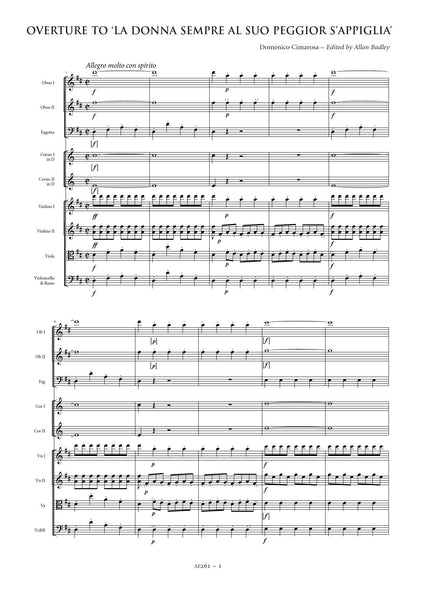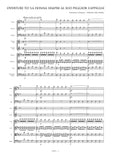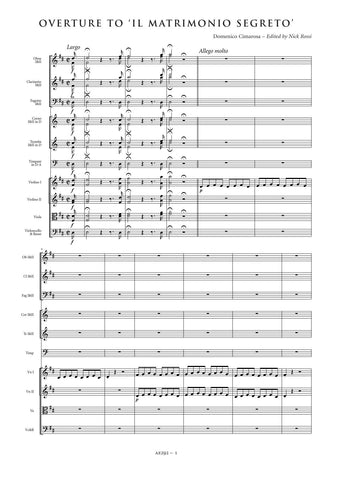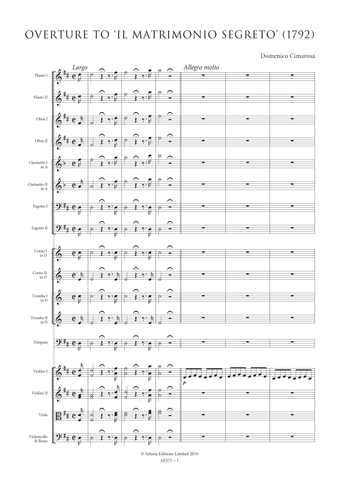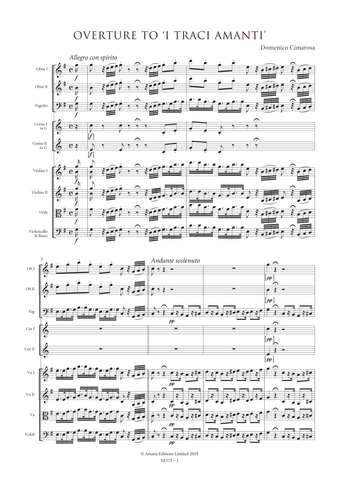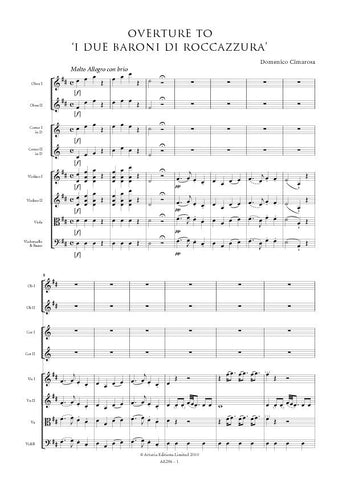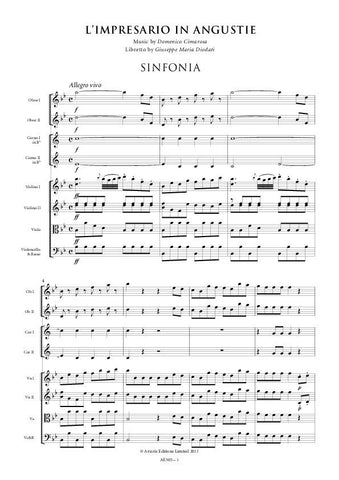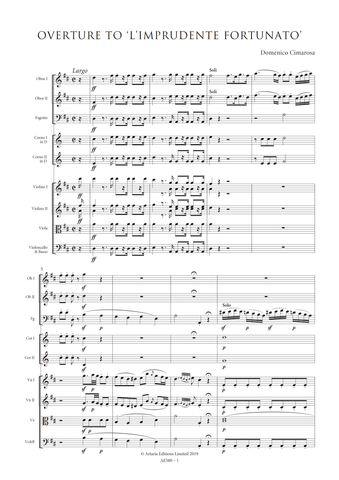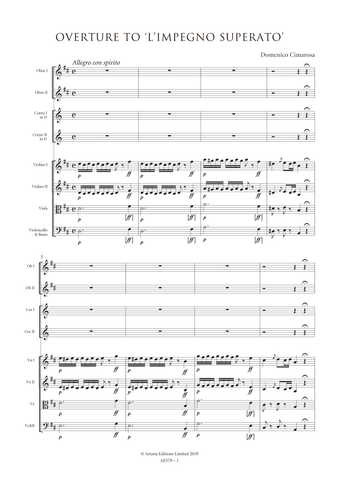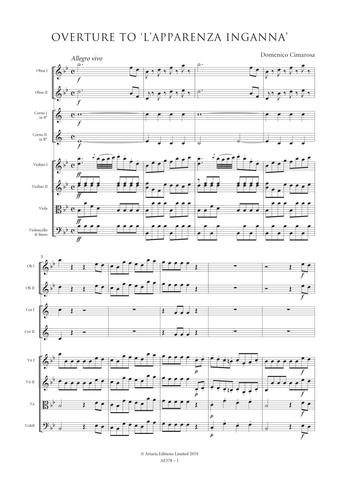Description |
Cimarosa, Domenico (1749-1801)
|
||||||||||||||||
Audio sample |
|||||||||||||||||
Details |
La donna sempre al suo peggior s'appiglia (Women Should Be Taken at Their Worst), a commedia per musica in three acts, received its prima at Teatro Nuova in Naples as the third opera of the 1785 season. There is an Oriental flavour to Giuseppe Palomba's libretto which centres around Negapatan, a noble Oriental lady who has been brought up in Bengal by Europeans and betrayed in love. She arrives in Granatello aboard a French sailing vessel that has just arrived from the East Indies. Its captain, Cavalier Robison, has fallen in love with Negapatan during the voyage. Gianpomponio Cocchiarone, although timorous, is a shrewd and cunning young man, who, after discovering Negapatan, attempts to seduce her, never mind the fact that he is already engaged to Donna Eufrasia. She is of the nobility, yet is poor and affected; she has come to Granatello to marry Gianpomponio. Her father is Don Artemio Appetitoso, a penniless count. A gallant but impoverished Pistofolo Cocozzone, who serves a certain mysterious Baron of Cameriero, is also in love with Donna Eufrasia.Meanwhile, Gianpomponio's sister, Brigida - a sharp-tongued young lady who is both spiteful and mischievous - does everything she can to thwart the amorous plans of others. Quite in contrast, Fioretta, a proud young girl who is the housekeeper at Baron Gianpomponio's farm, serves the young lovers as spy and messenger. In spite of many obstacles, Gianpomponio eventually wins Negapatan's love. Although there is an eighteenth-century manuscript copy of the full score in the Bibliothque Nationale in Paris (D.2101-2102) which would suggest that a performance in addition to the opera's prima in Naples was at least considered, there is no record of any production of La donna sempre al suo peggior s'appiglia other than its initial performance at Teatro Nuovo in Naples, a certain indication that the opera was not a success. La donna sempre al suo peggior s'appiglia shares its overture with the later Cimarosa opera, La felicità inaspettata (Unexpected Bliss), a work from the composer's Russian period. The holograph score of the latter opera does not contain an overture, instead commencing with a Ballo or dance. In contrast, the eighteenth-century copy of La felicitinaspettata in the library of the Conservatoire Royal de Musique in Brussels (K.11.120.obl.) is preceded by a Sinfonia, one that is identical with that of La donna sempre al suo peggior s'appiglia. This edition is based on the holograph score preserved in the library of the Conservatorio di musica S Pietro a Majella, Naples (Rari 1-5-19). As is the case with all Cimarosa's autograph material the overture to La donna sempre al suo peggior s'appiglia shows signs of having been composed at breakneck speed. Every conceivable notational shortcut is taken and his placement of articulation and dynamic markings is erratic. It has been necessary, therefore, to frequently interpret the composer's intentions and even at times to impose an editorial solution where his own thoughts are not clear. In making sense of Cimarosa's score the style and notation of articulation and dynamic markings have been largely standardised throughout, and, where missing, markings have been reconstructed from parallel passages. These are indicated by the use of dotted slurs or brackets where appropriate. Obvious wrong notes have been corrected without comment; editorial emendations with no authority from the source are placed within brackets. Nick Rossi Allan Badley |
||||||||||||||||
Score Preview (best viewed in full screen mode) |
|||||||||||||||||
Loading...
Error




